Have you ever wondered what’s truly going on behind those mysterious feline eyes? One minute, your cat is curled up beside you, purring like an engine, and the next, they’re hiding beneath the bed for hours. The truth is, cats are masters of subtlety, and their feelings about home life often hide in plain sight. If you’re a cat lover desperate to know whether your furry friend feels safe and happy—or if they’re harboring unhappiness you might be missing—this guide will open your eyes. Understanding these telltale signs can mean the difference between a confident, content kitty and one who’s quietly struggling. Let’s unravel the clues together.
Purring Loudly and Often

A cat that purrs with gusto, especially when lounging near you, is likely feeling secure and content. Purring is often a cat’s way of showing that all is well in their world. It’s not just a sound—it’s a little symphony of feline comfort, like a lullaby they sing to themselves when they’re truly at ease. You may notice your cat purring as you pet them, during a nap, or even while they’re simply sitting in your lap. Of course, cats sometimes purr when they’re anxious, but a consistent, relaxed purr is a clear sign of happiness. In fact, my own cat, Luna, becomes a tiny purr-machine when she’s basking in her favorite sunny spot. If your cat greets you with that soothing hum, you’re probably doing something right.
Slow Blinking at You
When your cat looks at you and blinks slowly, it’s like they’re giving you a kitty kiss. This slow blink is a powerful sign of trust and affection in the feline world. Cats don’t expose their eyes to just anyone, so if your cat locks eyes with you and then closes them slowly, it’s their way of saying, “I feel safe with you.” You can even try slow blinking back—a technique some cat behaviorists call the “cat I love you.” It’s a silent conversation, a gentle exchange of comfort and understanding. The slow blink is a secret handshake between friends, a gesture that says, “We’re good here.”
Relaxed Body Language
A secure cat moves through the house with relaxed grace. They may stretch out on the couch, expose their belly, or lie with their legs comfortably splayed. Their tail will rest softly, not twitching or bristling. Ears are forward or gently to the side, not pinned back in fear. When your cat naps sprawled out, they’re essentially saying, “I trust you enough to let my guard down.” Think of it like a person who kicks off their shoes and lounges on the sofa—they’re home, they’re safe, and they know it.
Seeking Out Your Company
Cats who feel secure will often follow you from room to room, wanting to be near you even if they’re not directly interacting. They might rub against your legs, hop onto your lap, or simply sit nearby as you work or relax. This desire for closeness is a clear vote of confidence—they see you as their safe place. My own cat loves to perch nearby, sometimes just within arm’s reach, as if she’s quietly saying, “I like being with you.” If your cat chooses your company over hiding or isolating, it’s a sign of emotional security.
Playfulness and Curiosity
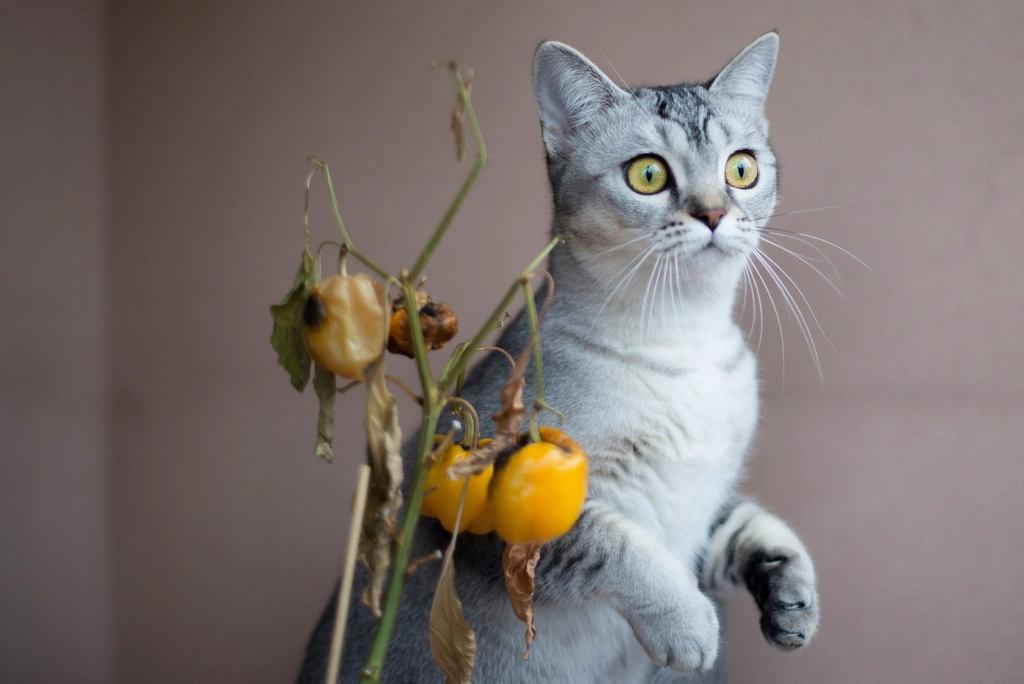
A happy, secure cat is curious about their environment. They’ll explore new spaces, investigate boxes, and show interest in toys or moving objects. Play is a sign that your cat feels safe enough to let their guard down and have fun. Even older cats enjoy a gentle game of chase or a batting session with a favorite toy. The willingness to play signals not just physical health, but emotional well-being. A cat that pounces and chases is a cat that feels at home.
Eating and Grooming Regularly
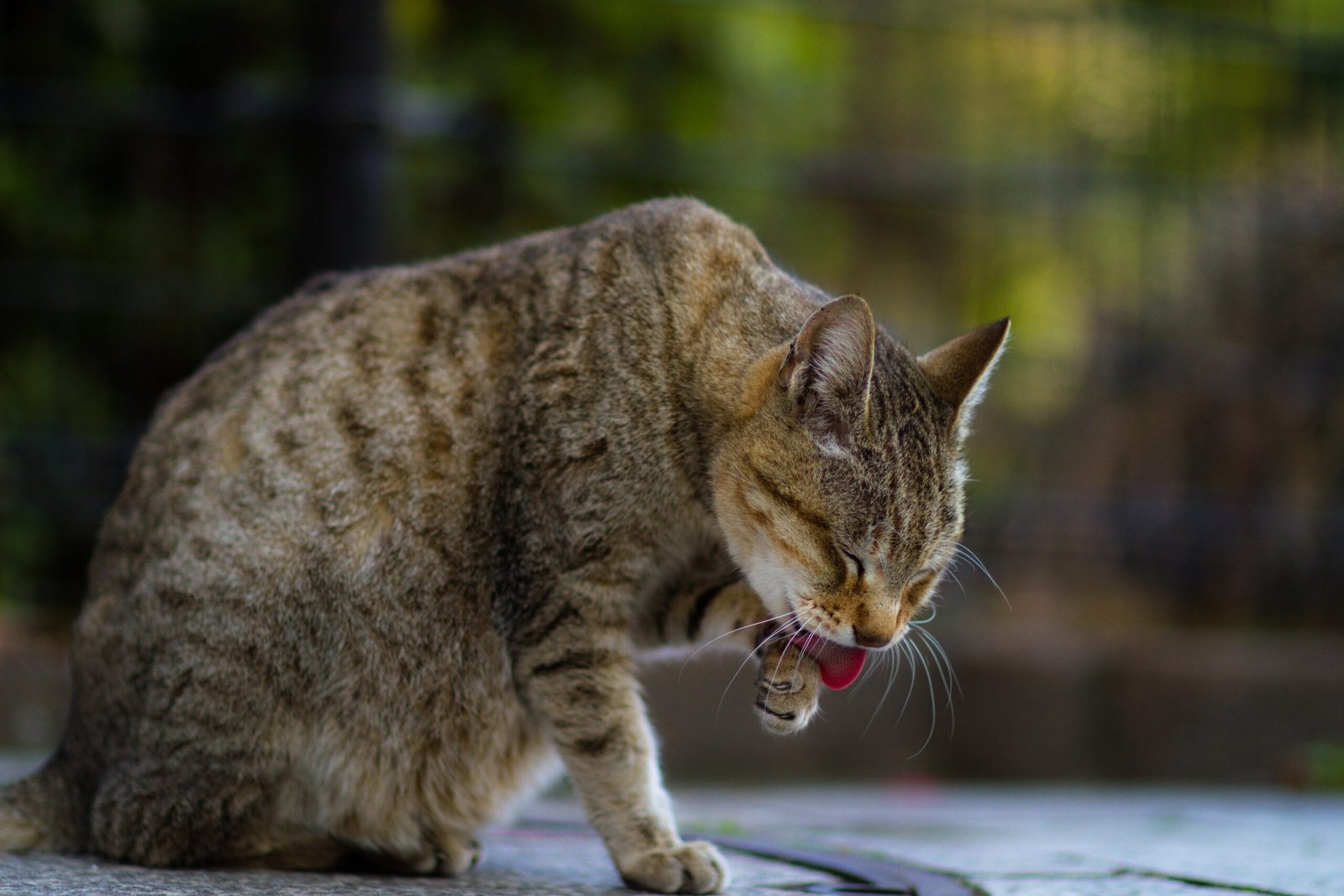
Cats who feel secure have predictable routines around eating and grooming. They’ll eat promptly when offered food and maintain a neat, clean coat through regular grooming. A confident cat will also groom in your presence, which is a vulnerable act that shows trust. If your cat is taking care of themselves and not skipping meals, it’s usually a good sign that they’re feeling comfortable. Regular grooming is like a personal spa day—cats won’t bother if they’re anxious or stressed.
Sleeping in Open Spaces
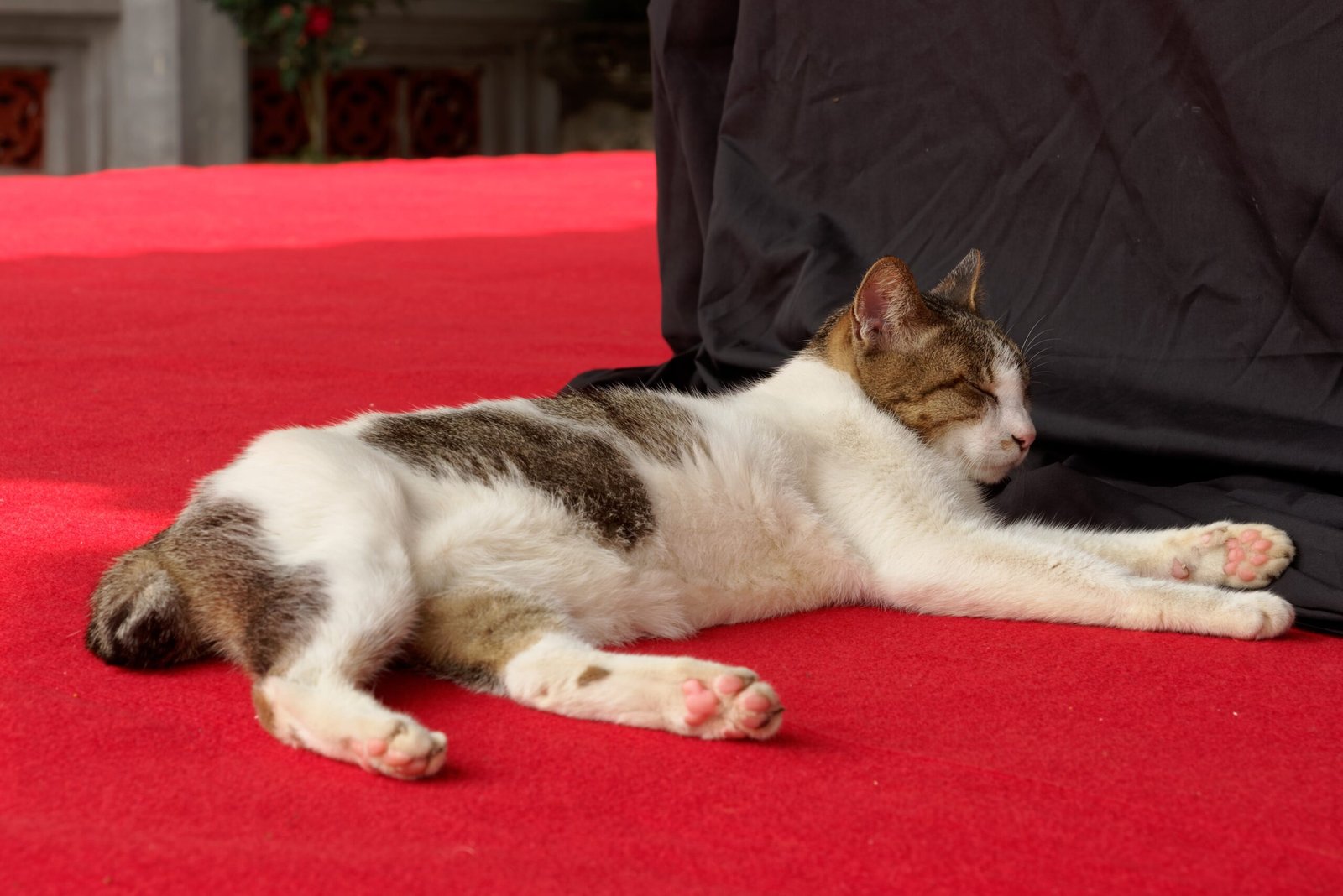
When a cat chooses to nap out in the open, like the middle of the living room or on your bed, it’s a huge vote of confidence in their environment. Cats only sleep deeply when they feel safe, so if they’re snoring away where everyone can see, it’s a sign they’re not worried about threats. They’re not hiding away in closets or under furniture; instead, they’re making themselves visible and vulnerable—because they trust you.
Gentle Tail Movements
A cat’s tail is its emotional barometer. When a cat feels secure, their tail might be upright with a gentle curve at the tip, or resting calmly beside them. Soft, lazy swishes signal relaxation, while a tail that’s puffed up or lashing might mean fear or agitation. If your cat’s tail is relaxed and they greet you with it held high, you’re seeing a sign of pride and comfort. It’s almost as if they’re waving a tiny flag that says, “All is well.”
Making Biscuits (Kneading)
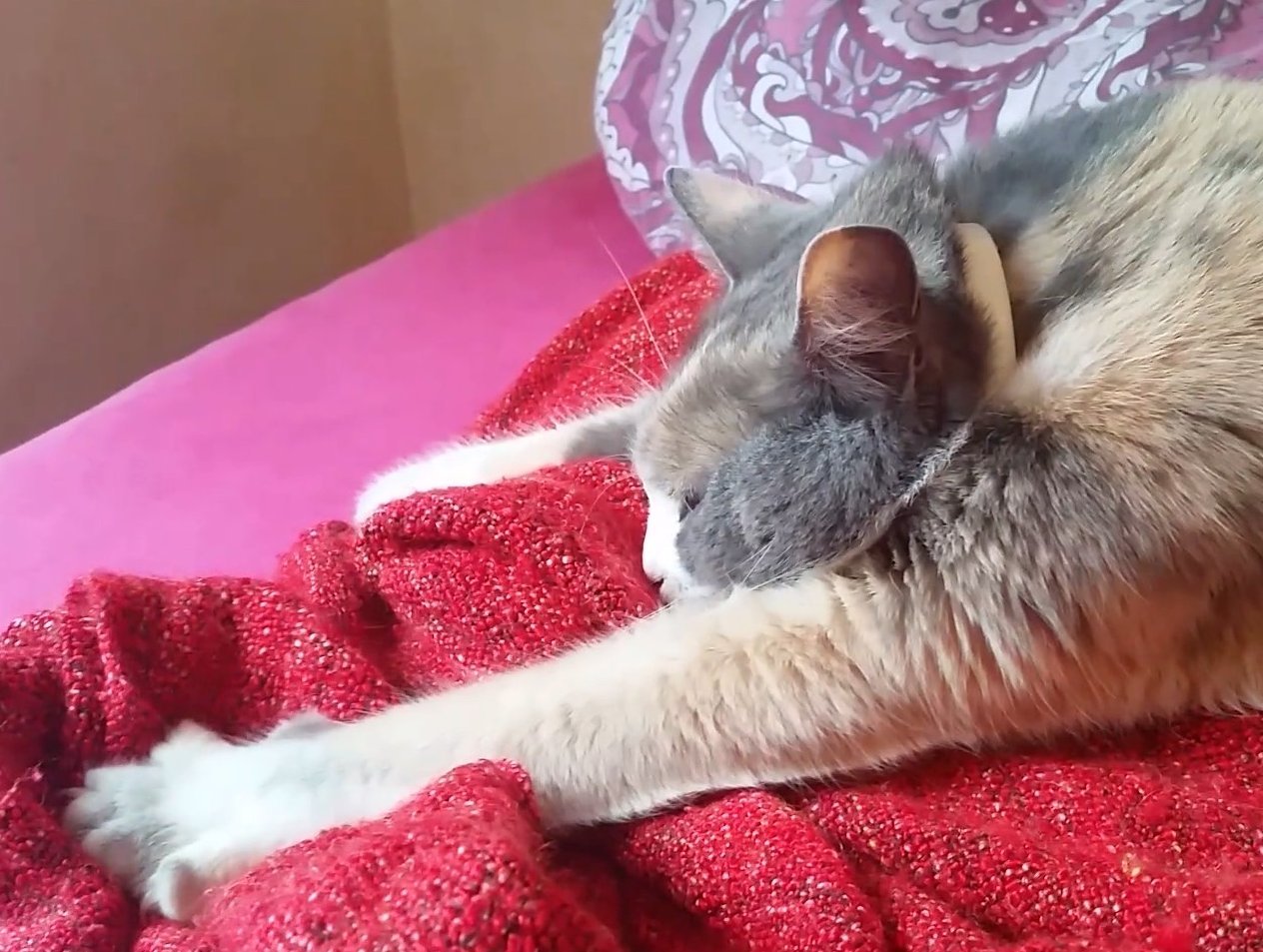
When your cat kneads a blanket, your lap, or even your stomach with their paws, it’s a throwback to kittenhood. This “making biscuits” behavior comes from nursing, and adult cats do it when they feel completely safe and content. It’s a deeply rooted sign of comfort, like a child hugging a favorite stuffed animal. If your cat kneads you, take it as the ultimate compliment—they feel at home.
Vocalizing in a Calm Way
A secure cat will communicate with you in a gentle, conversational way—soft meows, chirps, or trills. These sounds are their way of checking in, sharing their world, and expressing contentment. Loud, frantic yowls or constant meowing can be signs of stress, but those soft, happy sounds mean your cat trusts you and feels comfortable enough to talk. Think of it as a friendly chat between roommates.
Hiding Frequently
On the flip side, a cat that spends a lot of time hiding—under beds, in closets, or behind furniture—may be feeling insecure or unhappy. While some hiding is normal, especially in new environments, persistent withdrawal is a red flag. Cats hide to avoid perceived threats, so if you notice this behavior suddenly or for long stretches, it can mean your cat is stressed or fearful. It’s their way of saying, “I’m not okay right now.”
Aggressive or Defensive Posture
Unhappy cats may show aggression or defensiveness: ears pinned back, tail puffed up, fur standing on end, or hissing and swatting. These are clear signs your cat feels threatened or uncomfortable. Aggressive behavior isn’t “just how they are”—it’s a reaction to fear or stress. If your cat suddenly becomes more aggressive, it’s important to look for environmental changes or stressors that could be upsetting them.
Change in Eating Habits
A sudden loss of appetite, overeating, or erratic eating patterns can signal unhappiness or even illness. Cats are creatures of habit, and changes in their eating behaviors often reflect emotional distress. Maybe they’re picking at their food, leaving meals untouched, or begging for food constantly. All these shifts deserve attention. It’s like when you’re anxious and lose your appetite or crave comfort food—cats feel it too.
Over-Grooming or Poor Grooming
Both excessive grooming (leading to bald spots or sores) and lack of self-care can point to unhappiness or anxiety. Over-grooming is a way for cats to self-soothe, almost like nail-biting for humans, while poor grooming often means they’re too depressed or stressed to bother. If your cat’s coat is looking rough or they’re obsessively licking one spot, it’s time to look deeper for sources of stress.
Litter Box Issues
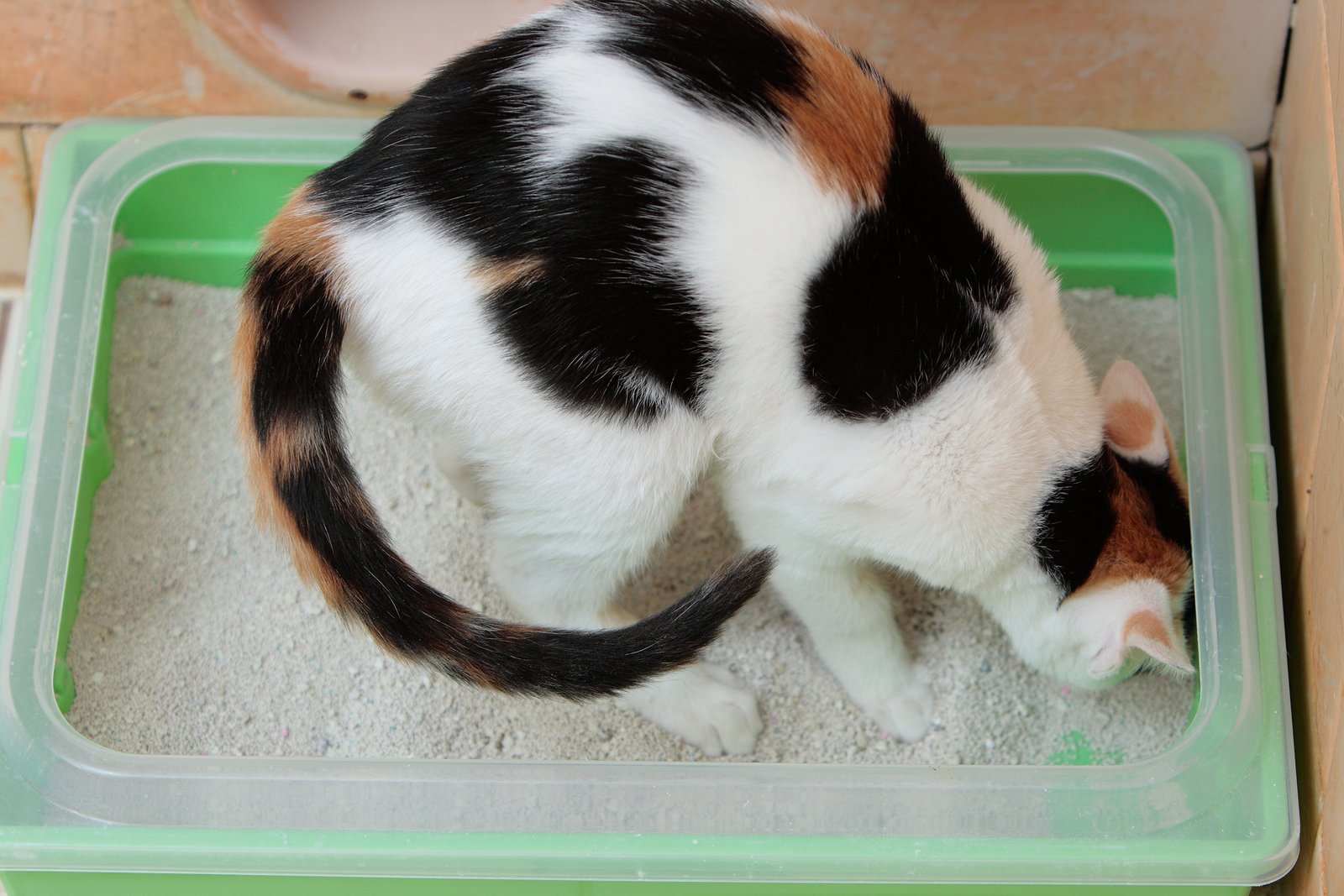
When a previously house-trained cat starts missing the litter box, it’s not spite—it’s a sign that something’s wrong. Stress, insecurity, or unhappiness can make cats avoid their box, especially if they associate it with something negative. Medical issues can play a role, but emotional distress is often a hidden culprit. It’s their way of waving a red flag to say, “I need help.”
Withdrawal from Social Interaction
If your cat used to cuddle, play, or greet you and now keeps to themselves, it’s a strong sign of unhappiness. Social withdrawal in cats mirrors what we see in people who are feeling down or stressed. They might avoid your touch, ignore toys, or retreat from family members. A cat that’s checked out emotionally is one that’s not feeling secure.
Restlessness or Pacing
Unhappy cats may seem unable to settle—pacing around the house, vocalizing anxiously, or seeming hyper-alert. This restlessness can be a sign of anxiety, boredom, or discomfort in their environment. It’s like when you can’t relax at home because something just feels off. Your cat’s restlessness is their way of saying, “I can’t get comfortable.”
Changes in Sleeping Patterns
If your cat is suddenly sleeping much more or much less than usual, or choosing odd places to nap, it could mean they’re unhappy. Drastic changes in sleep routines are often linked to stress, illness, or emotional upset. Maybe they’re up all night and restless by day, or they’re hiding away for long naps. Just like people, cats’ sleep habits reflect their mental state.
Unusual Vocalizations
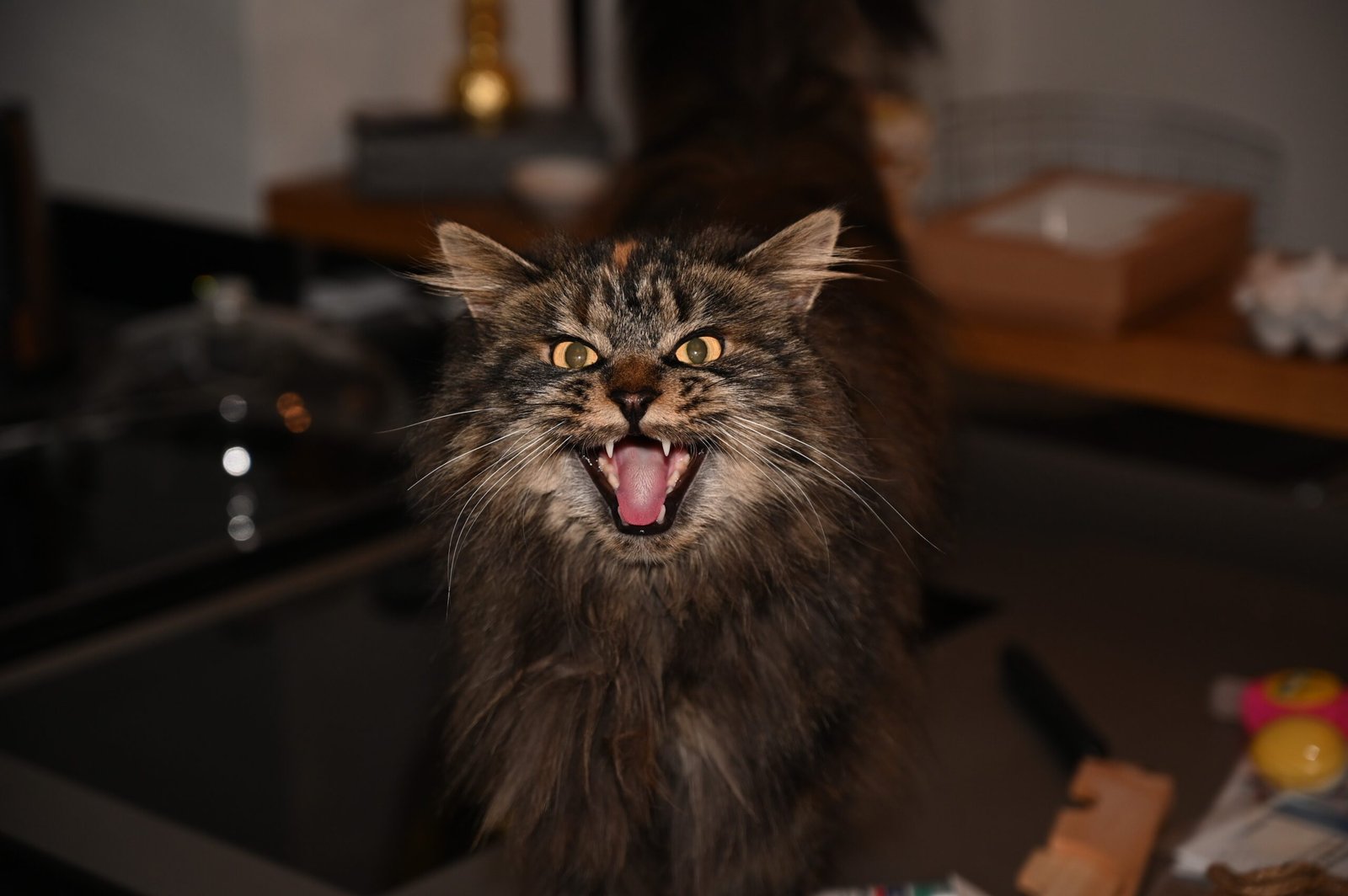
A cat that is meowing excessively, yowling, or making strange noises may be expressing unhappiness or distress. These vocalizations are often desperate attempts to communicate that something isn’t right. If your normally quiet cat suddenly becomes very vocal, pay attention—it’s their way of reaching out for help.
Sudden Changes in Personality
Finally, any sudden shift in your cat’s overall personality—becoming withdrawn, irritable, or unusually clingy—should be taken seriously. These changes are often the clearest sign that something is off emotionally. Cats are creatures of habit, and when their personalities shift, it’s their way of waving a white flag. Pay close attention and trust your instincts; you know your cat best.
Jen is a passionate nature lover and ocean conservationist. She has dedicated her life to protecting the environment and preserving the beauty of the natural world. Growing up in a small coastal town, Jen sincerely appreciated the ocean and its inhabitants. She has spent countless hours exploring the shoreline, learning about the creatures that inhabit the waters, and advocating for their protection. Jen is an active member of ocean conservation organizations, and she is committed to educating the public about the importance of conserving wildlife and the natural environment.





